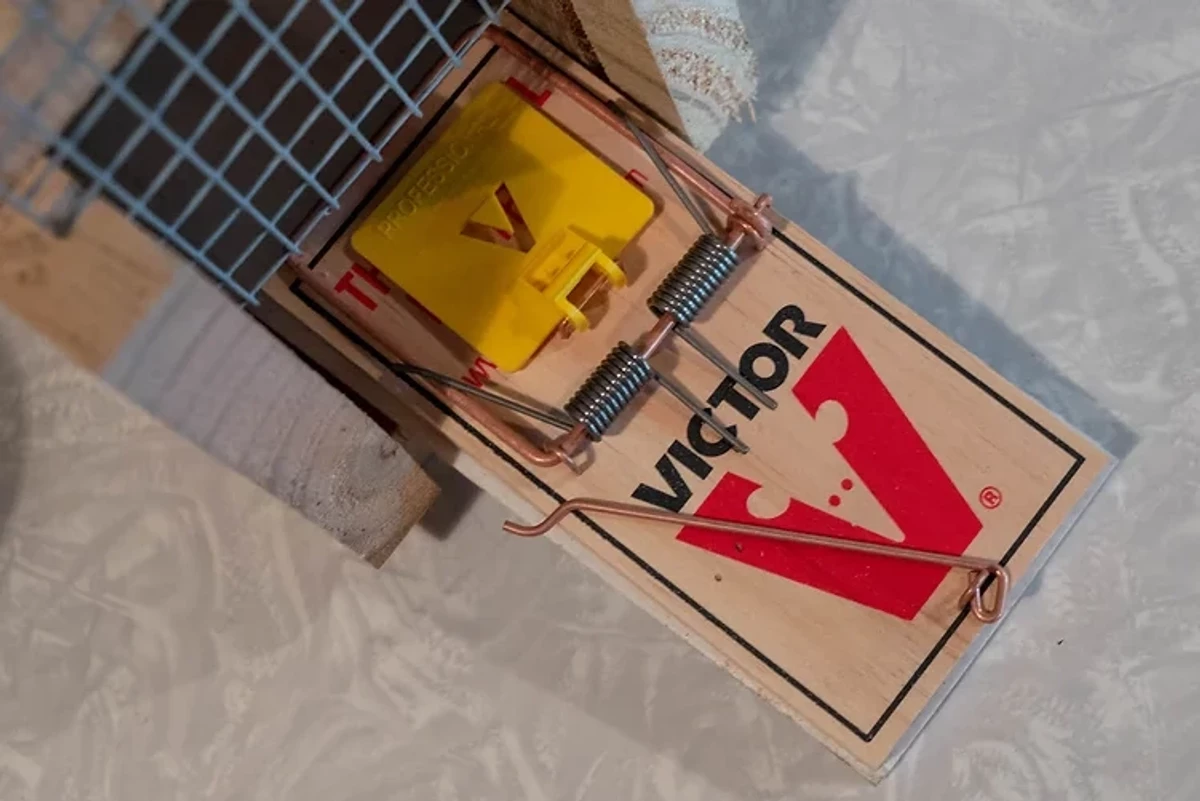How to get Trapping
Want to start trapping? Heres where to start
1. Get a trap
Use the Sign up button on the top menu to get a free trap if you live in urban Featherston. If your outside of our area, still sign up anyway as things may change, but you might want to look to building your own trap box, or buying one online.
Want to start trapping? Heres where to start
1. Get a trap
Use the Sign up button on the top menu to get a free trap if you live in urban Featherston. If your outside of our area, still sign up anyway as things may change, but you might want to look to building your own trap box, or buying one online.
2. Find a good spot for the trap
Think like a rat! Choose a location that a rat or mouse is likely to go and feel safe to stop. Rats and mice don’t normally like wide open spaces and tend to run close to walls, plants and fences so that’s a good place to put your trap.
If you don’t have a wall/fence to put your trap beside, or you’re not catching much, think about where in your garden the rats and mice might be hanging out.
Rodents will be attracted to places where they can find food and water. If you have a compost heap or trees that drop fruit on the ground your resident rats will probably be spending some time there, so that’s a good spot for your trap. Another good place is beside a waterway if you have one as rats and mice tend to run alongside streams and creeks.
Ensure the trap box is on firm, solid ground so it doesn’t move or rock when a rat enters the box, as this can put them off going into the tunnel.
Top tips:
Rats prefer concealment to being out in the open
They navigate along wall edges and fence lines
They like the safety of thick, matted vegetation
Rats use trees as on-ramps to the canopy motorway, so a trap screwed onto a fence, or a branch can be a great place
THINK LIKE A RAT!
3. Lure them in
Choosing the right bait is a hotly debated, and often fiercely competitive topic! Most people swear by peanut butter, but researchers at Victoria University of Wellington have put the different baits to the test, and found that stock-standard peanut butter might not always be the best bet. They found wild rats prefer cheese, milk chocolate, Nutella and walnuts to your standard peanut butter. In any case it’s often trial and error, and the reality is that rats will eat almost anything. Experiment with different baits and make sure you tell your local predator free group what’s working so we can monitor the results.
Bait your trap and consider offering a bit of ‘free’ bait in the tunnel in front of the trap - this encourages them in to the tunnel and helps attract more rodents as they may go back to the nest with the first haul (and bring their family back).
4. Set the trap
Practice setting the trap and be careful with your fingers – you should generally be handling the trap from behind to keep your fingers away from the action. Don’t forget to put in the nail to hold the back mesh door in place. Check out this useful video from Predator Free Miramar.
5. Check your trap frequently
Try checking your trap daily or at least every 2-3 days when you get started so you can get an idea on the activity in your backyard. You will need some patience as it may take time for the rodent to be happy to enter the tunnel. You may need to re-bait occasionally to keep the bait fresh (worth getting in to a weekly routine such as recycle day). If you get no results after 2-3 weeks, try another place in the garden.
6. Dispose of the dead rodents
We recommend either burying them in the garden or putting them in the rubbish, wrapped in newspaper if your rubbish day is a while away.


